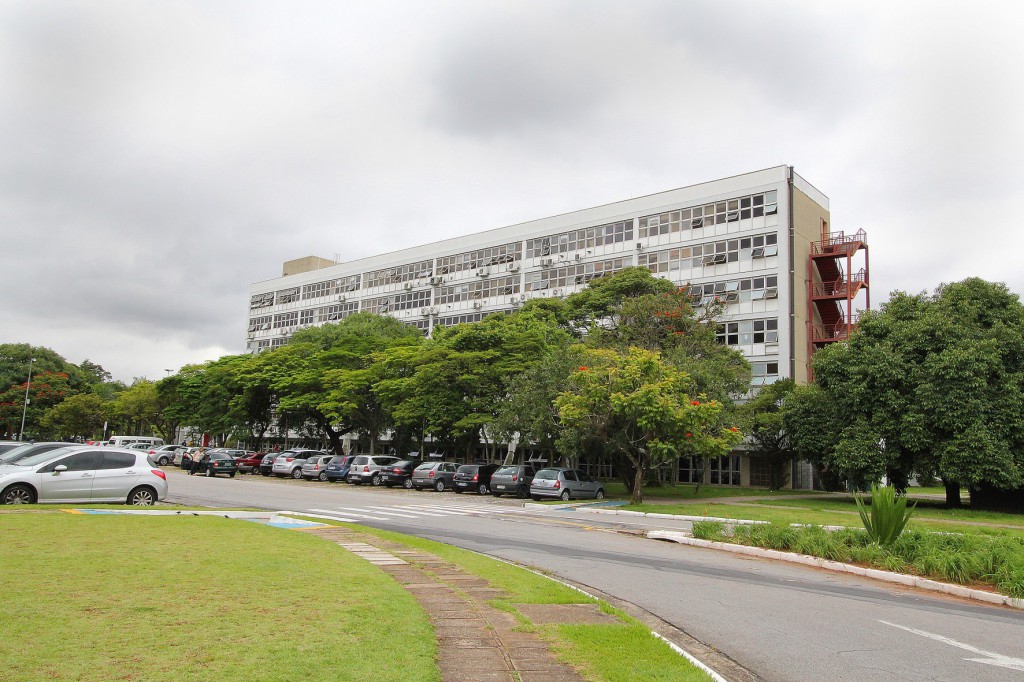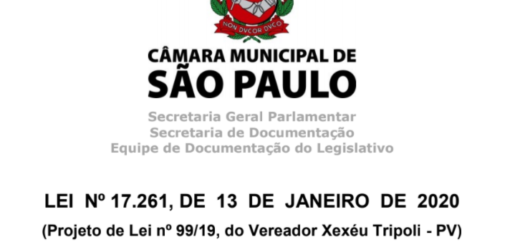The University of São Paulo created in 2012 the Superintendence of Environmental Management (SGA Superintendencia de Gestao Ambiental). The main purpose of SGA is to plan, deploy, maintain, and promote environmental sustainability on the 14 campuses and research areas of the University of São Paulo and also to incorporate the environmental dimension of sustainability across the board in all policies, plans and activities, in the areas of teaching, research, extension and management.
From these assumptions, the SGA began to develop these actions based on three goals:
- Towards Zero Carbon Emissions;
- Our campuses as a lab for our cities;
- Sustainable actions.
As a result of these actions, on its second mandate (2014), SGA started to create the USP Environmental Policies. From this, subdivisions were established consisting of 12 working groups (WG) involving about 300 people, including faculties and technical staff who produced 12 documents with the following structure:
-
WG Administration
-
WG Greenhouse Gas Emissions
-
WG Energy
-
WG Water
-
WG Solid Waste
-
WG Mobility
-
WG Fauna
-
WG Green Areas
-
WG Sustainable Buildings
-
WG Environmental Education
-
WG Land use
-
WG Sustainability Policy
There are also joint initiatives with universities around the world, with the aim to not only strengthen the role of universities, but also to assist in the adoption of guidelines, goals and actions towards a more sustainable campus. The creation of university networks, has not only aided in this process, but act as an important forum for discussion on the implementation of more sustainable benchmarks.





